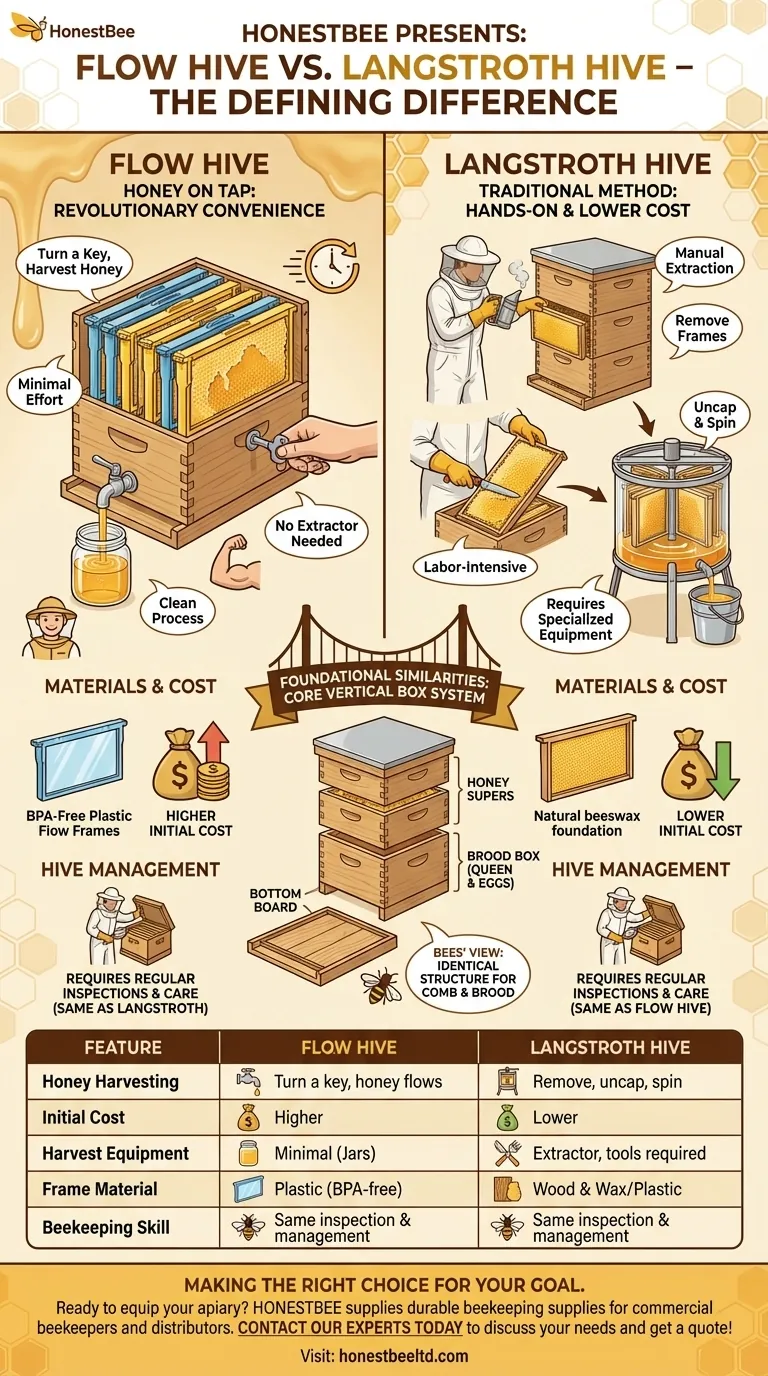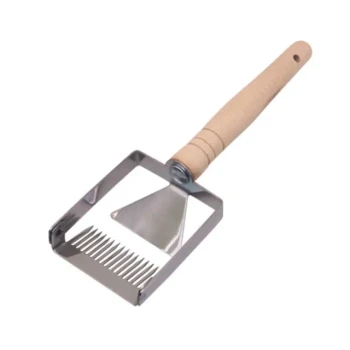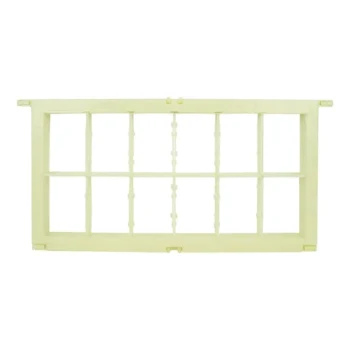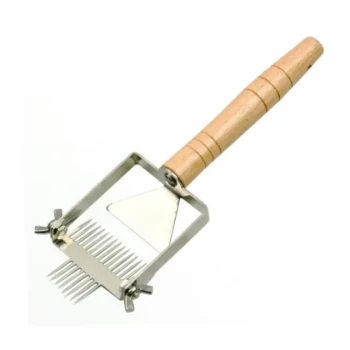The fundamental difference between a Flow Hive and a traditional Langstroth hive is the method of honey harvesting. A Flow Hive allows you to drain honey directly from the hive via a tap without opening it, while a Langstroth hive requires you to manually remove frames, uncap wax, and use a centrifugal extractor to collect the honey.
While both hives share the same basic structure for the bees, the choice between them comes down to a trade-off: the Flow Hive's revolutionary convenience for honey harvesting versus the Langstroth's lower cost and traditional, hands-on methodology.

Foundational Similarities: The Core Beehive Structure
Before diving into the differences, it's important to understand that a Flow Hive is a modified version of a Langstroth hive, not a completely separate category.
### The Vertical Box System
Both systems are built on the same core components established by the Langstroth design. They consist of a bottom board with an entrance, a deep "brood box" for the queen to lay eggs, and shallower boxes called "supers" stacked on top for honey storage.
### Essential for the Bees
From the bees' perspective, the day-to-day functions of building comb, raising brood, and storing honey in the lower parts of the hive are nearly identical in both setups.
The Defining Difference: Honey Extraction Mechanics
The innovation of the Flow Hive is isolated entirely within the honey supers and the frames they contain. This is where the two systems diverge completely.
### The Langstroth Method: Manual Extraction
In a standard Langstroth super, bees build their honeycomb on wooden frames with a wax or plastic foundation.
To harvest honey, the beekeeper must open the hive, remove these frames, and take them to a separate processing area. There, they use a special knife to slice off the thin wax cappings and then place the frames in a centrifugal extractor that spins the honey out.
### The Flow Hive Method: "Honey on Tap"
The Flow Hive super contains proprietary Flow Frames, which are made of pre-formed, split-cell plastic honeycomb. The bees fill these cells with honey and cap them with wax as usual.
When it's time to harvest, the beekeeper inserts a special key into the frame from outside the hive. Turning the key splits the honeycomb cells vertically, creating channels that allow the honey to flow down and out of a spout, directly into a jar.
Understanding the Trade-offs
The convenience of the Flow Hive's harvesting system introduces a new set of considerations for the beekeeper.
### Convenience vs. Cost and Equipment
The Flow Hive's primary advantage is its simple, clean, and low-labor harvesting process. It removes the need for expensive and messy extraction equipment.
However, the initial purchase price of a Flow Hive and its specialized frames is significantly higher than that of a standard Langstroth hive.
### Materials and Bee Acceptance
Traditional Langstroth hives use wooden frames with natural beeswax foundations, which many beekeepers prefer.
The Flow Frames are made from BPA-free plastic. While bees generally accept them well, some purists prefer to keep plastic out of the honey-producing areas of the hive.
### The Myth of "No-Maintenance" Beekeeping
A critical point to understand is that the Flow Hive only simplifies honey harvesting.
All other aspects of beekeeping—including regular hive inspections, checking the brood for pests and diseases, and managing colony health—remain exactly the same and are just as labor-intensive as with a Langstroth hive.
Making the Right Choice for Your Goal
Your decision should be guided by your budget, your goals, and how you wish to interact with your bees.
- If your primary focus is harvesting honey with minimal effort and equipment: The Flow Hive is engineered to provide the simplest and cleanest harvesting experience available.
- If your primary focus is learning traditional beekeeping at a lower startup cost: The Langstroth hive is the global standard, offering a more hands-on connection to the entire process.
- If your primary focus is bee health and colony management: Both hive types require the exact same skills, knowledge, and commitment to regular inspections.
Ultimately, both paths can lead to a healthy colony and a successful honey harvest; the difference lies in the journey you take to get it.
Summary Table:
| Feature | Flow Hive | Langstroth Hive |
|---|---|---|
| Honey Harvesting | Turn a key, honey flows from a tap | Remove frames, uncap, spin in extractor |
| Initial Cost | Higher | Lower |
| Harvest Equipment | Minimal (just jars) | Requires extractor, uncapping tools |
| Frame Material | Plastic (BPA-free) | Wood with wax/plastic foundation |
| Beekeeping Skill | Same inspection & management required | Same inspection & management required |
Ready to equip your apiary with the right hive system? Whether you're a commercial beekeeper scaling up with traditional Langstroth hives or a distributor interested in innovative solutions like the Flow Hive, HONESTBEE supplies the durable beekeeping supplies and equipment you need. We support commercial apiaries and distributors with wholesale-focused operations.
Contact our experts today to discuss your specific needs and get a quote!
Visual Guide

Related Products
- Automatic Honey Flow Beehive 4 Frame Mini Hive for Beekeeping
- Langstroth Bee Hives Bee Keeping Box for Beginners Beekeeping
- Long Langstroth Style Horizontal Top Bar Hive for Wholesale
- Wholesales Dadant Size Wooden Bee Hives for Beekeeping
- Stainless Steel Triangle Support Honey Strainer and Filters
People Also Ask
- What are the benefits of using the Flow Hive for honey harvesting? Simplify Your Harvest & Protect Your Bees
- What are the benefits of a Flow Hive? Revolutionize Your Harvest with Ease and Care
- How does the Flow Hive simplify honey harvesting? The Revolutionary 'Honey on Tap' System Explained
- What are the advantages of using an Auto Flow Hive? Experience Gentle, On-Tap Honey Harvesting
- How to extract honey in Flow Hives? Experience the Simplicity of Honey on Tap



















